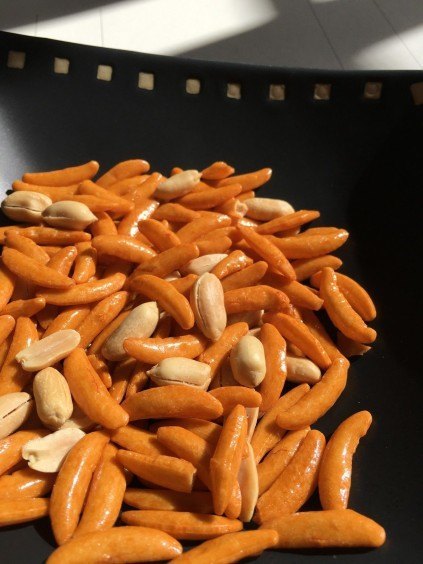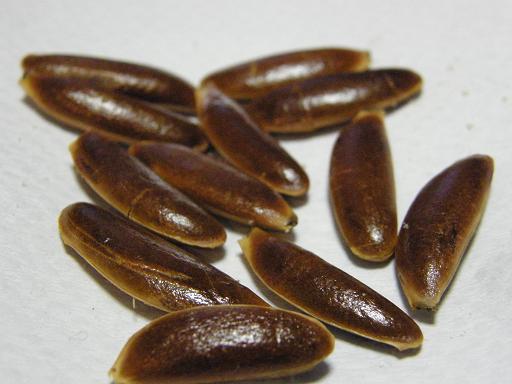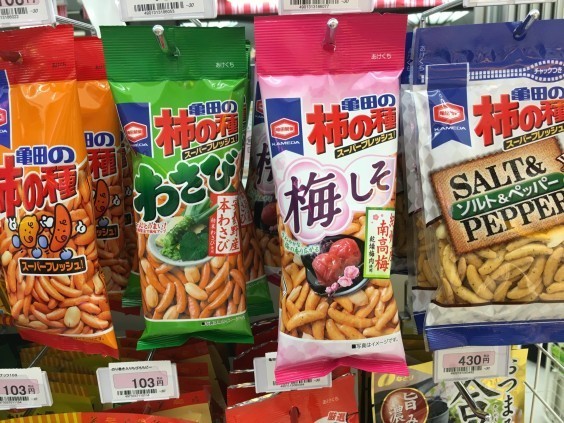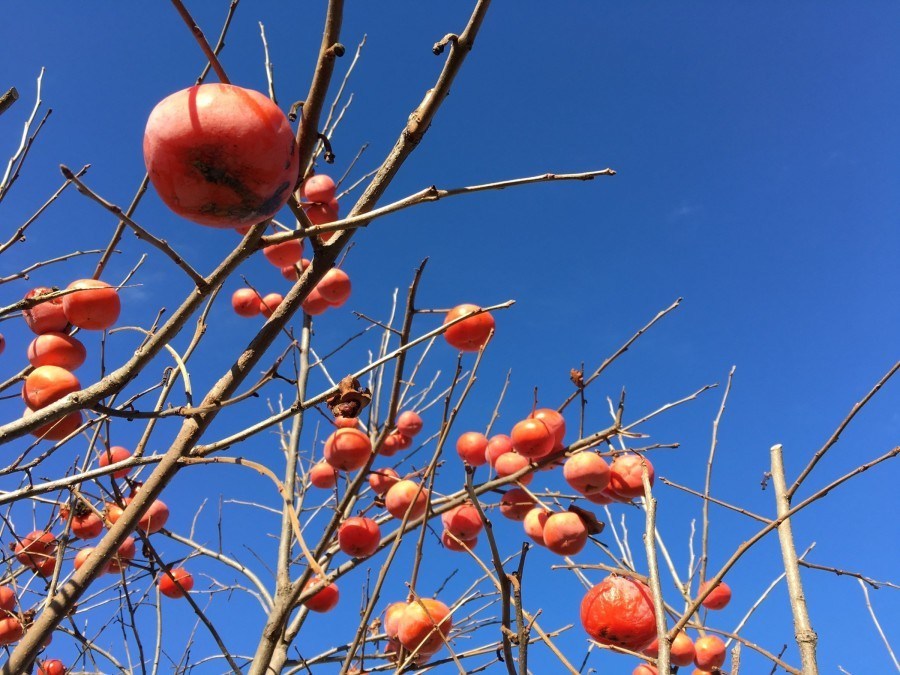Like this post? Help us by sharing it!
In my opinion, one of the most enjoyable parts of travelling (and, dare I say, living) is eating. Whether you’re standing in line at Tokyo Disneyland or whiling away the hours on a train across Hokkaido, you’ll undoubtedly need to keep your energy (and spirits) up with some snacks. For your consideration, I’d like to recommend kakipi: a craveable mixture of (mildly) spicy rice crackers and peanuts. Though usually associated with beer or other alcoholic drink, I think these are appropriate even outside of happy hour.

Across the Japan, from mid to late autumn, you’ll find trees that are bare of any leaves, but festively decked with orange fruit. This is the kaki – or persimmon tree. If you were to slice open one of these orange globes (depending on the variety), you’d find some dark brown, crescent-shaped seeds nestled in the sweet flesh of the fruit. The shape of these seeds is the namesake of the rice cracker. However, as with many great discoveries, these crackers were born of mishap and good fortune.
The story goes that in 1923, the late Mr. Yosaburo Imai, an employee at the Naniwa Confectionary Company, accidentally stepped on a metal cutter that was being used to make oval-shaped rice crackers. As a result, the oval cutter was deformed into a crescent-shaped one, but rather than repair it, Mr. Imai went on using it as it was. Due to its shape, it’s not too hard to imagine how the kaki no tane (persimmon seed) name caught on.

As for the pi part of this mixture, that would be piinatsu (peanuts).
The most popular story surrounding the combination of the two belongs to the Imperial Hotel in Tokyo, which was used by the occupying forces for the duration of the post-World War II Allied Occupation of Japan. It was at this time the hotel bar decided to add a little Japanese flair to their complimentary bar snacks by adding rice crackers, specifically kaki no tane, to their peanuts. To this day you can still visit the bar, which is now called the Old Imperial Bar, and enjoy the same mix with your drink.

Over the years, the popularity of kakipi grew, and still retains a special place in the hearts and stomachs of the population. These days, you can easily find a wide variety of kakipi, ranging from the classic mix, to salt and pepper, preserved plum with shiso (perilla leaf), and even wasabi.
What’s even more enticing (to me at least), are the speciality flavors limited to certain regions of the country. If you’re on the island of Kyushu, be sure to keep an eye out for the mentai (spicy cod roe) flavour!
High in protein, packed with flavour, and rich in history, kakipi deserves a place in your daypack!


